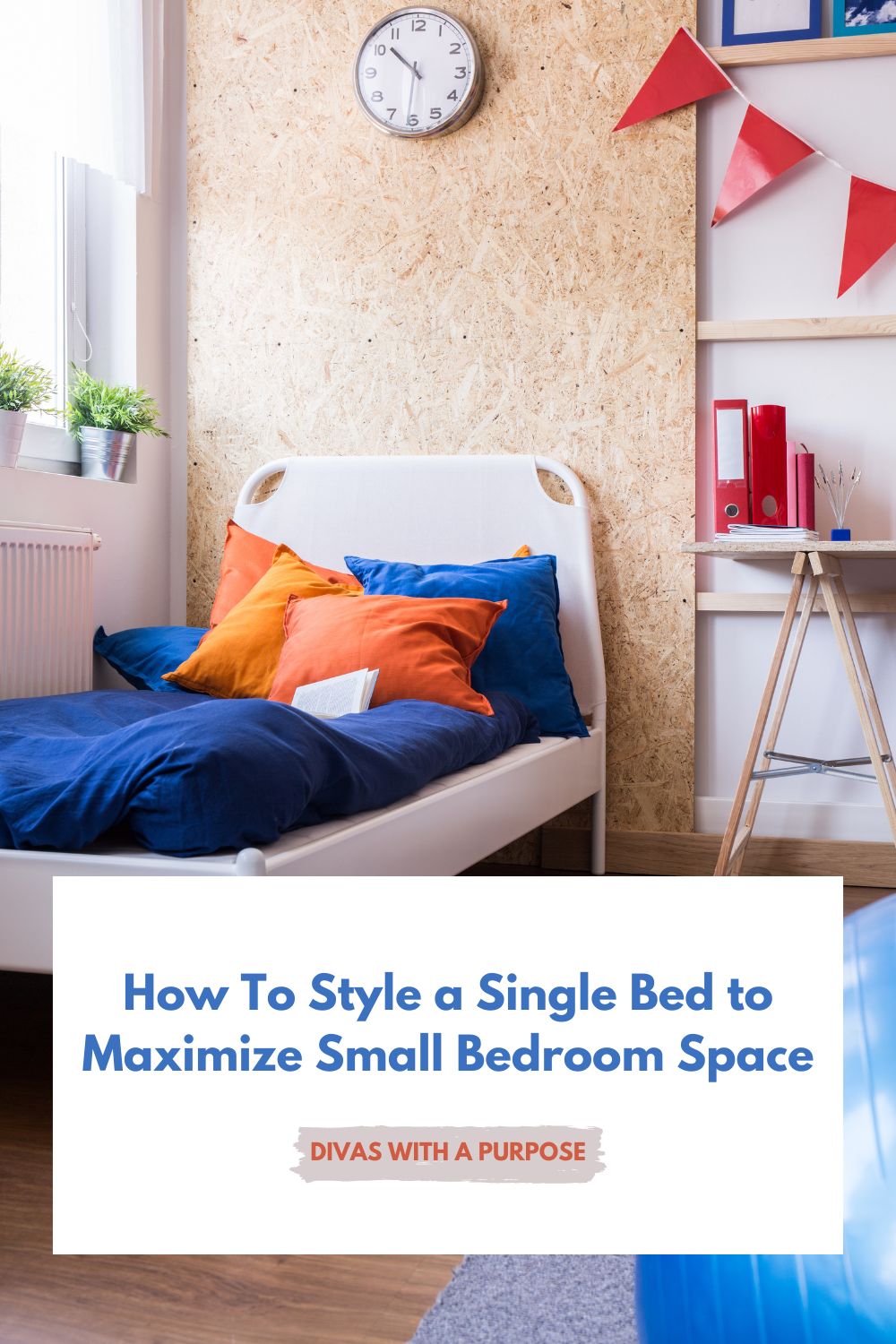How To Style a Single Bed to Maximize Small Bedroom Space
Single beds offer a practical solution for small bedrooms, maximizing space while providing comfort. When you strategically style a single bed, you can create a cozy and functional space that feels larger than it actually is. Clever furniture placement, multifunctional pieces, and thoughtful decor choices can transform a compact bedroom into a stylish sanctuary.
Maximizing vertical space is key when working with a small bedroom. Consider loft beds or high-platform beds to create additional storage or living areas underneath. Wall-mounted shelves and hanging organizers can help keep floor space clear while providing ample storage options. When you shop single beds for small spaces, look for designs with built-in drawers or storage compartments to further optimize your room’s layout.
Color choices play a crucial role in creating the illusion of space. Opt for light, neutral tones for walls and bedding to make the room feel more open and airy. Incorporate mirrors strategically to reflect light and visually expand the space. By combining these techniques with smart storage solutions, you can create a comfortable and stylish small bedroom that feels spacious and inviting.
Key Takeaways
- Strategic furniture placement and multifunctional pieces maximize space in small bedrooms
- Utilizing vertical space with loft beds and wall-mounted storage optimizes room layout
- Light colors and mirrors create the illusion of a larger space

Maximizing Bedroom Layout and Furniture Placement
Effective furniture placement and layout strategies can transform a small bedroom into a functional and stylish space. Smart choices in bed selection, furniture arrangement, and storage solutions help maximize every inch of available room.
Choosing the Right Bed for Small Bedrooms
Opt for a single bed with built-in storage to save space and increase functionality. Storage beds offer drawers or lift-up mechanisms to store linens, clothing, or seasonal items. Consider a platform bed with a low profile to create an illusion of more space.
Wall-mounted headboards take up less floor space than traditional models. Some designs incorporate shelving or small cabinets for additional storage. Foldable or Murphy beds are excellent options for multi-purpose rooms, freeing up floor space during the day.
Strategic Furniture Selection
Select furniture pieces that complement the room’s dimensions. A narrow dresser or chest of drawers can fit in tight spaces while providing ample storage. Use vertical space by choosing tall, slim bookcases or wardrobes.
Consider furniture with dual purposes, such as a desk that doubles as a vanity. Floating nightstands or wall-mounted shelves can replace bulky bedside tables. Opt for chairs or ottomans that can be easily tucked under a desk or into a corner when not in use.
Implementing Multi-Functional Furniture
Invest in a daybed that serves as seating during the day and a bed at night. Look for models with built-in storage drawers underneath. A storage ottoman can provide extra seating, act as a coffee table, and offer hidden storage space.
Consider a fold-down desk that can be tucked away when not in use. Some designs integrate with shelving units, maximizing vertical space. A rolling cart can serve multiple purposes – as a nightstand, extra storage, or a mobile workspace.
Optimizing Wall Space and Vertical Storage
Utilize wall-mounted shelves to display decorative items and store books without taking up floor space. Install floating shelves above the bed or desk to create additional storage areas. Consider a pegboard system for flexible storage options.
Use over-the-door organizers for shoes, accessories, or small items. Install hooks on walls or the back of doors for hanging robes, bags, or jackets. Explore vertical storage solutions like tall, narrow bookcases or modular cube storage units to maximize space efficiency.
Decorative Techniques to Enhance Space
Smart decorating choices can visually expand a small bedroom with a single bed. These techniques create an illusion of spaciousness and maximize the available area.
Utilizing Mirrors and Lighting
Mirrors are powerful tools for amplifying space in a small bedroom. Place a large mirror opposite a window to reflect natural light and create depth. Floor-length mirrors can make ceilings appear higher. Consider mirrored closet doors to double the visual space.
Maximize light with strategically placed lamps. Use wall sconces to free up surface area on nightstands. Opt for uplighting to draw the eye upward. Install dimmer switches to adjust the ambiance as needed.
Floor-to-ceiling curtains elongate walls and make windows seem larger. Choose light, sheer fabrics to allow natural light to filter through, brightening the room.
Color Palette and Visual Continuity
Light colors reflect more light, making a room feel airier. Choose pale hues for walls and bedding. Whites, creams, and soft pastels work well. Paint the ceiling a shade lighter than the walls to create height.
Maintain visual continuity by using a monochromatic color scheme. This technique reduces visual clutter and creates a seamless look. Incorporate texture through fabrics and materials to add depth without breaking the color harmony.
Use vertical stripes on walls or curtains to create an illusion of height. Horizontal stripes can make a room appear wider.
Creating a Visual Focal Point
A well-designed focal point draws attention and distracts from the room’s size. Create a gallery wall above the bed using a mix of artwork and photographs. Keep frames cohesive in color or style for a polished look.
Consider a bold headboard as a statement piece. Choose one with built-in storage to maximize functionality. A striking light fixture or a unique piece of wall art can serve as an eye-catching centerpiece.
Use area rugs to define spaces within the room. A rug under the bed can anchor the space and add warmth. Opt for a size that extends slightly beyond the bed’s edges for best effect.
Styling a single bed in a small bedroom requires creativity and thoughtful planning. Strategic furniture placement, multi-functional pieces, and clever storage solutions can maximize limited space. Utilizing vertical areas, incorporating mirrors, and choosing a cohesive color scheme enhance the room’s visual appeal and perceived size. With these techniques, even the tiniest bedroom can become a stylish and functional retreat.
